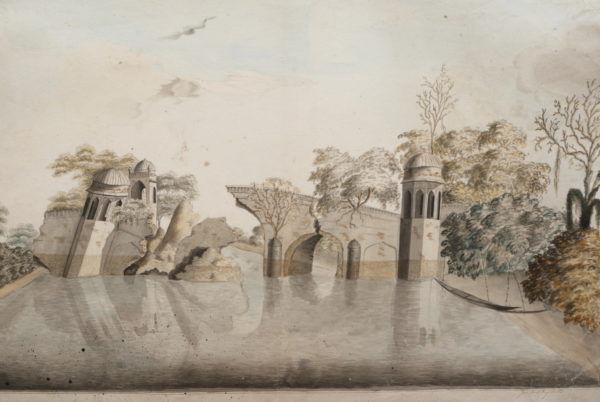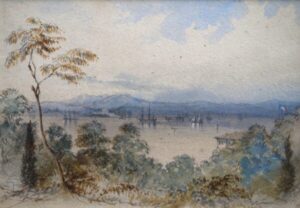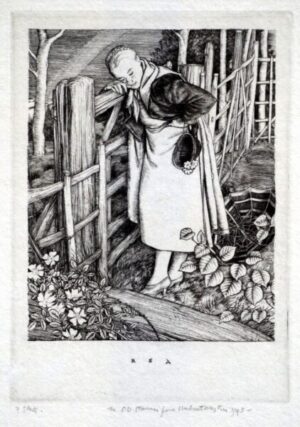Ouseley, Sir Gore (1770-1844)
Sir Gore Ouseley, entrepreneur, diplomat, and orientalist (b. 24 June 1770, Monmouthshire, Wales; d. 18 November 1844, Hall Barn Park, Beaconsfield, Buckinghamshire, England). He was the younger brother of the officer and orientalist William Ouseley (1767-1842).
The Ouseley's were an Anglo-Irish family who, although impoverished, afforded their two sons a sound private education. In 1787, Gore Ouseley moved to India, became a successful trader, and established in 1792 a textile factory in the Dacca province, Bengal. He was, however, not associated with the East India Company. Ouseley used his leisure time to study languages, especially Persian, Sanskrit, and Arabic, became well-versed in Persian language and customs, and was introduced to the renowned orientalist William Jones (1746-94) who since 1784 had served as judge at the supreme court in Calcutta. Between 1795 and 1796, Ouseley moved to Lucknow, where the Nawwāb-Viziers of Oudh (Awaḏ) maintained their court. Ouseley made the acquaintance of Saʿādat ʿAlī Ḵān (r. 1798-1814), who in turn appointed him as major commandant. Ouseley used his position with the nawwāb-vizier to further British interests, and his services were rewarded by Lord Richard Wellesley (1760-1842), the Governor-General of India (1787-1805), who appointed him as aide-de-camp to Saʿādat ʿAlī.
In 1805, Ouseley returned to Britain; and a year later married Harriet Georgina Whitelocke (1787-1848). The couple had two sons and three daughters. Frederick Arthur Gore Ouseley (1825-1889) was a musical prodigy who became a composer and influential educator.



